Ask any company about its major challenges in 2020, odds are that staffing and talent retention would be at the top of the list. Smart companies are aware that they are as good as their employees and will seek the best of the best for their organizations.
Technology, while continuing to evolve, plays an important role in how companies approach talent search and hiring.
It’s digital all the way
When online job applications started getting traction in the early 2000s, they were considered as supplements to personal interviews and the traditional paper resume. More than a decade and half later, recruitment is almost 100 percent digital. From submitting resumes, to search and interview, the entire hiring process is digital now and that seems to be the future of staffing. Experts say that resumes would be displaced by continuously evolving representations of individual aptitudes, skills, and experiences that purely exist in the digital domain. Innovative tools using big data, social media, and other technologies will allow great insight into the capabilities of jobseekers and may also carry out the first screening.
An increasing number of employers leverage webcams and video interviews for the hiring process. There has been a steep rise in one-way videos where job aspirants record their interviews for later viewing on demand. Two-way, live webcam interviews, is the future of staffing and likely to experience exponential growth over the next few years.
Faster, easier application process
Job hunters, today, are aware of their worth and the competitive market. They seek opportunities everywhere. If one company takes time to respond or has a difficult application process, they’ll promptly look for alternative openings.
Talent acquisition is a seller’s market. For companies, it’s how they maximize the candidate’s experience via the job application process. Experts say it’s a “cardinal sin” if an organization doesn’t make the recruitment process easier and faster for candidates.
“Employment brand” a key selling point
Smart candidates evaluate a company’s brand worth before applying or accepting a job offer, almost on the lines of evaluating a consumer brand before shopping. They’ll research the company as much as the latter will research them. The employer website should emerge as a strong tool to engage talent. It’s imperative to have an easily navigable and interactive career site for delivering a cohesive brand image, which represents the company’s values, mission, and vision.
Passive candidates
The future of staffing would include both active and passive candidates in equal measure. Raised on technology, most millennials don’t accept legacy concepts of employment. And recruiters have to engage Gen-Y candidates in a new way.
This is particularly true for “passive candidates” i.e. individuals not exactly searching for a job, but is ready to embrace new opportunities. While some companies have no dearth of candidates reaching out as soon as an opening is posted, it’s usually longer for most companies. HR managers, today, have to be far more proactive to find candidates.
The use of digital profiles and other social networks have already emerged as a much wider manpower pool for employers to draw from, and will continue to be the future of staffing.

